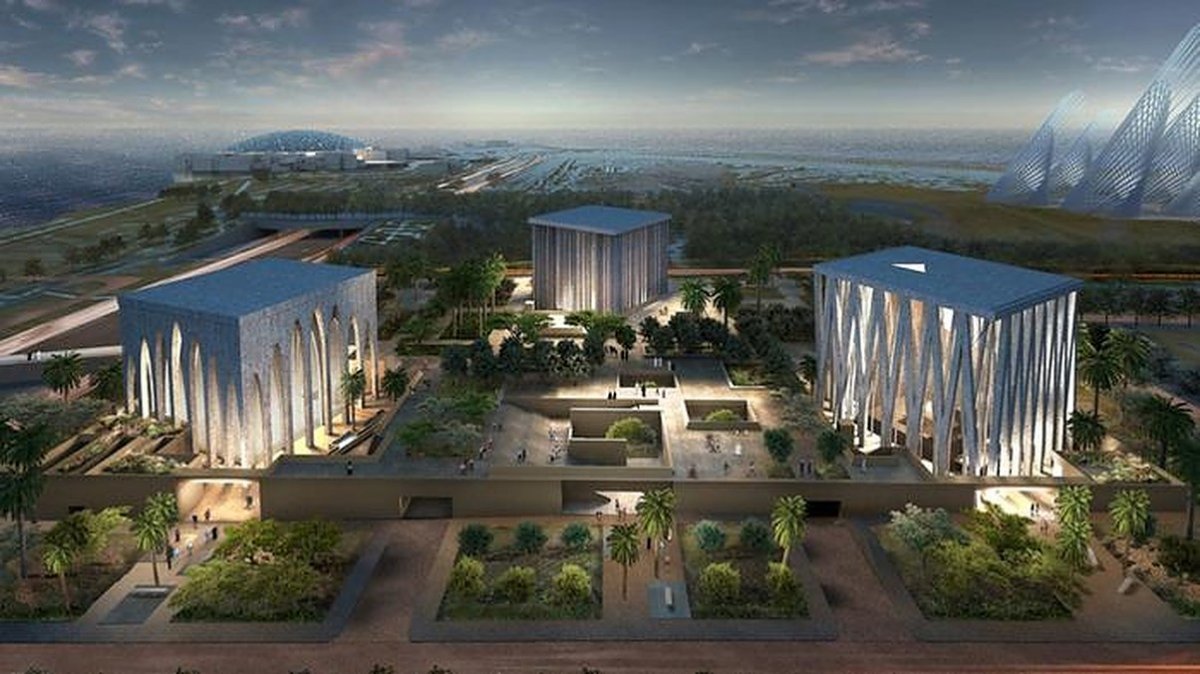The concept of a Cultural District has gained prominence in modern cities. It is not merely a collection of museums or galleries but a vibrant area where art, heritage, and community life intersect. A well-planned Cultural District becomes the heart of cultural identity, attracting both residents and tourists while promoting creativity and tradition.
Preserving Heritage: Safeguarding History
One of the main goals of a Cultural District is preserving historical landmarks, monuments, and traditional architecture. These spaces serve as living reminders of the city’s past, offering educational and cultural value. Festivals, exhibitions, and heritage walks organized within the district ensure that traditions and customs remain alive for future generations.
Promoting Arts: Nurturing Creativity
A Cultural District provides artists, musicians, writers, and performers a dedicated space to showcase their work. Workshops, exhibitions, and performances encourage innovation and creative expression. Modern initiatives like digital galleries and interactive installations expand access, ensuring that the district embraces both traditional and contemporary arts.
Community Engagement: Connecting People
Public spaces in a Cultural District encourage community interaction and participation. Local schools, colleges, and community groups often collaborate with the district to organize workshops, events, and cultural programs. These initiatives foster a sense of belonging and provide opportunities for people of all ages to engage with culture directly.
Economic Impact: Cultural Tourism and Local Growth
A thriving Cultural District boosts tourism, drawing visitors from around the world. Tourists explore museums, theaters, historic sites, and cultural events, supporting local businesses like hotels, restaurants, and souvenir shops. Additionally, the district provides livelihoods for artists, craftsmen, and cultural entrepreneurs, contributing to the local economy.
Maintaining a balance between heritage preservation and modern innovation is a key challenge for any Cultural District. By combining traditional crafts and performances with contemporary art, music, and technology, the district remains dynamic and appealing to diverse audiences. Projects that blend classical and modern elements ensure culture evolves without losing its essence.
Cultural Education and Awareness
Education is central to the mission of a Cultural District. Guided tours, lectures, workshops, and interactive programs help visitors understand the value of culture and heritage. Awareness campaigns, storytelling sessions, and youth engagement initiatives make the district a hub of learning, inspiring the next generation to appreciate and preserve cultural wealth.
The Future: Innovation and Sustainability
The future of Cultural Districts lies in embracing technology, sustainability, and inclusivity. Virtual exhibitions, mobile apps, and interactive platforms make culture accessible to broader audiences. Collaboration with global cultural organizations and local communities ensures that the district continues to thrive as a space that preserves heritage while promoting creativity and social cohesion.
Conclusion
In essence, a Cultural District is more than just a collection of historic sites or art venues it is a living, dynamic space where heritage and creativity thrive together. By preserving history, promoting artistic expression, engaging communities, and fostering education, the district strengthens cultural identity while contributing to social and economic growth. Looking ahead, Cultural Districts will continue to evolve, embracing innovation and sustainability, ensuring that culture remains vibrant, inclusive, and inspiring for generations to come.
